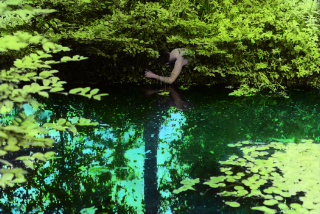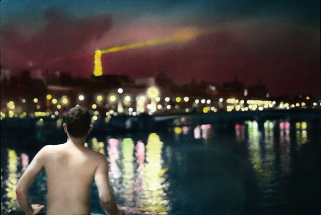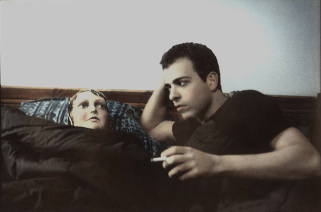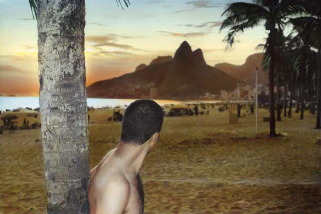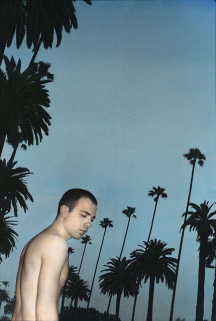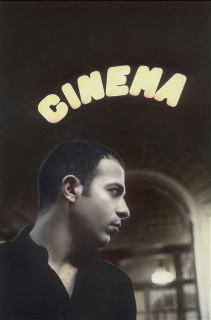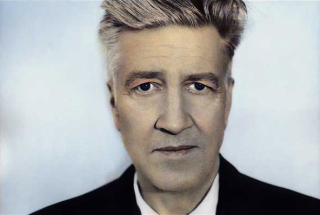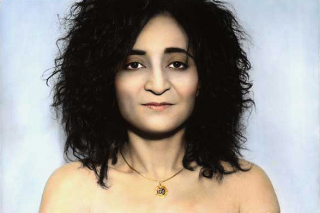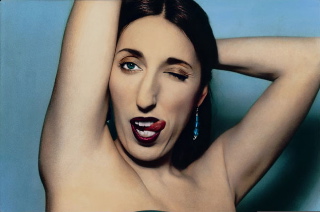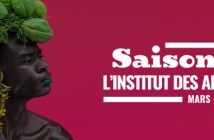Cinema stars and artists’ portraits, self-portraits that, at times in a single picture, at times through a series of images, develop mysterious stories in which certain elements (a doll, a pond…) allow the reader to invent his/her personal story Nostalgia, feelings of loss and sensualism combine to create an original universe marked by a bygone romanticism, in which form and content connect perfectly to evoke memory, the attempts to preserve moments of life and the faces of the course of time, oblivion and death, which are eminently photographic ideas…
Can you tell us what your first memories of photography, of photographs, are?
My first introduction to photography was through cinema, the old Egyptian movies I watched on TV… Cinema is very central for Egyptians. Then in 1992, I took my first picture. I used to write everything down in a sort of a scenario of how I wanted my actors to behave, react, look, etc… I called some friends and we did it; it looked like a scenes from a movie…
You worked with prominent worldwide photographers like David Lachapelle and Mario Testino. You found your own artistic path. What have you kept from this experience of working with them?
These were two great experiences for me… Both are great photographers of our time with unique visions and style… David used to tell me: « If you look in your camera, and you see a picture that looks like someone else’s picture, don’t shoot it… Don’t take this picture… Shoot something else. » It was his way of telling me to always look for my own voice and inspiration… Mario always encouraged me, always showed his belief in me as an artist. He knew I was serious about my work since we first met… With both of them, it was like being in a family.
« I leave again », « I will never leave you », « Never wanted to leave « , « Will I ever come again »… Leaving seems to be one of your recurrent themes. And it also seems to be linked to a kind of suffering. Can this be read as being related to the first « original » departure from Cairo, or, more pragmatically, is it a reference to the nomad life of a successful contemporary artist?
There is definitely a strong relation between leaving a place and dying… I always get the feeling that I’m in this or that place for a short period of time… Then I will leave, I will go… It’s the same relation I have vis-à-vis my whole life, vis-à-vis existence… For me, it is about coming to a place that is not yours, then having to go…
Through what artistic process is a new self-portrait born? Is it the place you’re in, its history, its visual history, or your personal feelings that determine the choice of a new self-portrait? Also, concerning your backgrounds: the background of your self-portrait in Beverly Hills is palms; in Hollywood, its famous hill; in Côté d’Azur, a marvellous beach; in Rio de Janeiro, Copacabana… Is it a way of working on the visual stereotypes of global popular culture? What is your relationship to modern myths?
They come in a very easy way; I did them in these cities simply because I was there… I felt that I needed to keep this moment… I like sunsets; they are a moment of leaving as well… In most of them, I don’t look at the camera… I did « I Will Go To Paradise » in Hyères, but it could have been done anywhere… You only see me disappearing into the sea with the sunset… In « Hope To Die In My Sleep », I was in a small village in Cuba called Vinales… Again you only see me sleeping in
bed… I like to mention the place, as it was simply where I was when
I felt like making the self portrait.
Lots of articles insist on the link between your work and cinema (which is also « obvious » through the recurrence of self portraits made in front of cinema signs), and in particular with Egyptian cinema of the past. In fact, most of your photographs seem to me like photograms of films. I’d like to know what kind of sources, beside cinema, you draw on to create your own artistic universe? For exemple, your « Self Portrait in Vincennes, 2003 » reminded me of John Everett Millais’s painting on Ophelia.
It is mainly cinema that inspired me… Old cinema, hand-painted posters, old painted black & white photography… I didn’t study art, nor photography; I did my first picture based on my love of cinema.. For me, cinema and life are very closely related, and I try to stay connected to both in my work.
Can you say a few words about your hand-coloured picture technique that you learnt from Egyptian photographers? Was your decision to work on this technique a way of finding a relationship between formal process and some of the issues in your work?
I grew up in Cairo, and this technique was very widely practiced there until the beginning of the 90s; you could still go to certain studios to have your portrait done in black & white and then coloured manually, like old photography… I loved this… At home, we had some family portraits done that way… Also, in the streets of Cairo at that time, you used to see lots of hand-painted movie posters… I grew up looking at all that, and decided to keep it in my work. I looked for the last portrait colourists and learned the technique… I was always painting and drawing before I started photography… I wanted people to see my photographs as paintings.
Desire and sensuality, sleep, dreams, nostalgia, memories, loss, sweetness, perfect beauty, glamour… This universe seems fit for a romantic hero, despite its so definitely modern « content ». Does this series of concepts reflect your personal world? Would you add any others?
They represent my thinking, but also how I see people, how I see life… I like to mix ideas: death, life, dreams, sleep, the modern, nostalgia, sex.
You are also working on an important series of artists’ portraits: Naguib Mahfouz, Zaha Hadid, Louise Bourgeois, David Lynch, Ghada Amer, Gilbert & George, Omar Sharif, Sting, Rossy de Palma, Shirin Neshat… How do you make your choices?
I choose them because I like their work, their face, their character… Each has become a sort of an icon in our time… I do a close-up of their face, because I want to get closer to their soul.
>From 01/04/2009 to 24/05/2009
Villa Medicis – Académie de France à Rome
www.michaelstevenson.com
http://www.extraspazio.it///Article N° : 8758
